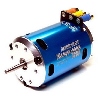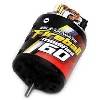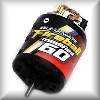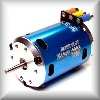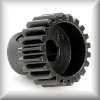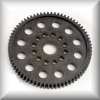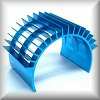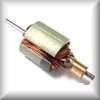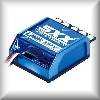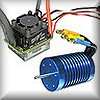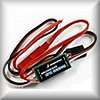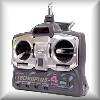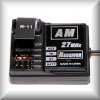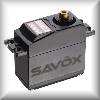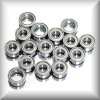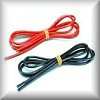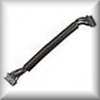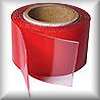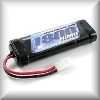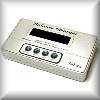Brushless Electric Motors for RC Models
Brushless Motor Basics
Choosing the right Brushless motor for your needs can be a daunting task for those new to Radio Controlled Models. If you have a local club perhaps you could ask some of the more experienced members for their advice, but a little basic knowledge about the subject, so you know what questions to ask is always useful.
To understand the subject in more detail, and learn about Motor Winds and Turns, and Advance and Retard, please check out our previous article "Electric Motors for RC Models".
All Brushless motors are rated by Kilovolts (KV), and is an indication of the revs per minute (RPM) that particular Motor can attain running freely, under no load conditions, per Volt of input.
For Example: To calculate the Maximum RPM of a Motor listed at 4000 KV, connected to a 7.4 Volt Battery, simply multiply the two: 4000 x 7.4 = 29600 RPM.
The two main types of Brushless Motors used in RC are Sensored and a Sensorless Motors.
Sensored Brushless Motors
Sensored Motors can be connected directly to the Electronic Speed Controller (ESC), using s cable. The ESC is then able to monitor the performance of the Motor and regulate Current output to attain smooth, controlled acceleration. Advance and Retard timing is made automatically by the ESC to change torque when exiting corners and give you more RPM for long straights.
Sensorless Brushless Motors
Sensorless Motors can only be set manually for Advance and Retard timing, and once that setting is made you have to stick with it. For obvious reasons, Sensorless motors are cheaper to buy than the Sensored type: Ideal if you just want to bash around in the back yard, but not so much if you are serious about your racing.
Brushless Motor Maintenance
All Brushless Motors need a reasonable amount of maintenance if they are to remain competitive. For top level racing I recommend you strip, clean and re-oil the bearings every 2 or 3 meetings (Check out our "Get the best from your bearings" article).
Brushless Motor Maintenance
Gearing your motor correctly for any given track is always important. (Check out our "Gearing to Win" article). A cool motor is an efficient motor. As your motor heats up towards the end of a race, it will loose efficiency. Gearing correctly can avoid this problem to some degree, and simply following my simple guidelines, described in the aforementioned article can help you not only keep your motor running efficiently, but help you stay in front of your opposition.
One last Tip
When re-building your Brushless Motor, to safely replace the Rotor, use a rolled up piece of paper and place it into the Can. This will protect your rotor against damage. Then carefully remove the paper before replacing the endbell.
| 



